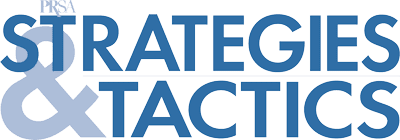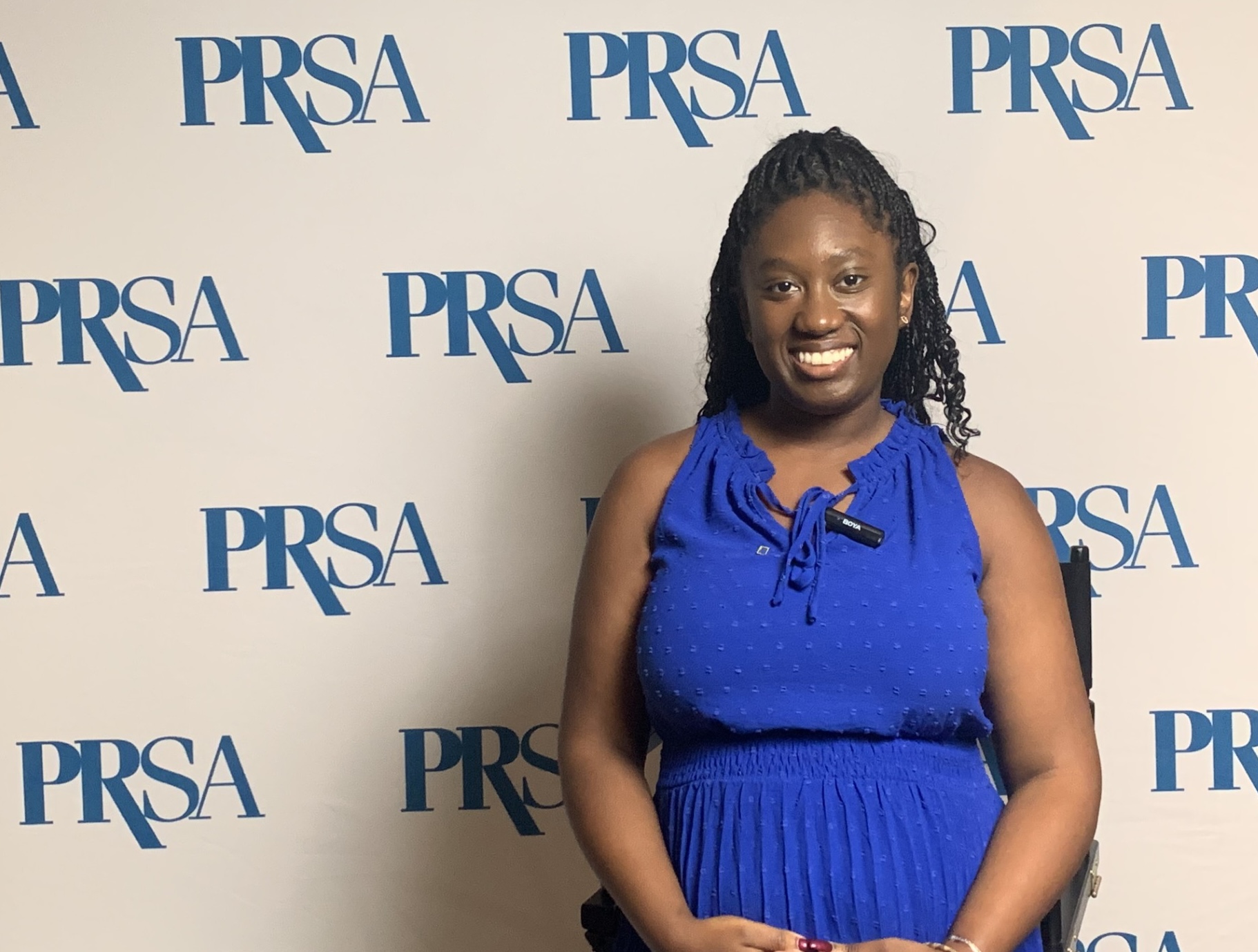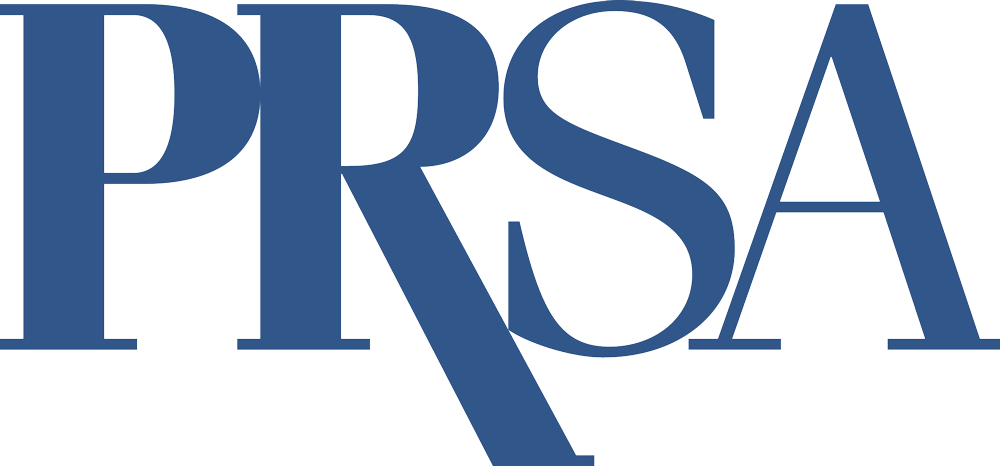2025 Trendspotting With PRSA ICON Speakers
By John Elsasser
January 2025
Welcome to our January 2025 issue, in which we explore trends shaping the year ahead for communicators. From emerging technologies to shifting audience behavior, this issue spotlights the communications horizon — and how to prepare for it.
During PRSA’s ICON 2024 in Anaheim, Calif., Oct. 15–17, Managing Editor Amy Jacques and I interviewed several PR thought leaders for our blog, PRsay. We asked what trends they’re monitoring for 2025.
Dolly Maiah, senior manager of impact communications at the National Geographic Society:
Now you have YouTube, podcasts, social media — in addition to traditional media. That can seem overwhelming. It’s a challenge to understand what is effective, but it can also be an opportunity to have several touchpoints to speak to different audiences and meet your audience where they are.
As a nonprofit association, how do we work with local communities to understand their needs? How do we work with our scientists to understand the science-community gap and leverage that? How do we work with our storytellers to understand where the stories are?
Gio Benitez, ABC News transportation correspondent and co-anchor of “Good Morning America” Saturday and Sunday:
We are all trying to figure out streaming. We’re putting together amazing programs on our streaming channels. We have “ABC News Live,” which is now 24/7. More people are cutting the [cable-TV] cord. We’re trying to meet people where they are. And where they are is all over the place. The biggest trend is figuring out how to reach as many people as possible on all those different platforms.
Suzi Brown, vice president of communications at Disneyland:
A trend that has been happening for some time is the evolution of the everyman reporter. We find blurred lines between traditional media and content creators and influencers — and for us, fan sites that cover everything Disney does.
We’ve evolved in meeting those groups partway, because we know they’re going to cover us anyway, and we want to make sure they’ve got the correct information.
At times, fan sites or content creators won’t do the due diligence that traditional media do to ensure they have the correct information. Once you have misinformation out there, people see it online and assume that it’s accurate. We’re constantly chasing stories like that.
Adam Chodzko, senior director of communications for the Los Angeles Angels:
You have to balance keeping up with news as it breaks and getting the right message out. Press releases have become after-the-fact because of social media. You have to be ready, but you also have to tell yourself to slow down. Make sure the news is correct and that you’re saying it the right way.
Nicole Dye-Anderson, senior vice president and head of media relations, experiential and influencer strategy at Wells Fargo:
News no longer breaks in print, followed by TV. It’s breaking on social. That trend is going to continue. We need to be prepared to handle that.
Newsrooms are shrinking. As they’re losing their jobs, unfortunately, [journalists are] pitching ideas to us [to gather sources and then they] have to pitch ideas to newsrooms to make a living. That trend is going to continue.
A reporter may be at Business Insider today and a freelancer tomorrow. But if they are freelancing, instead of one publication, you now have access to multiple outlets. That’s a trend I see continuing in 2025.



